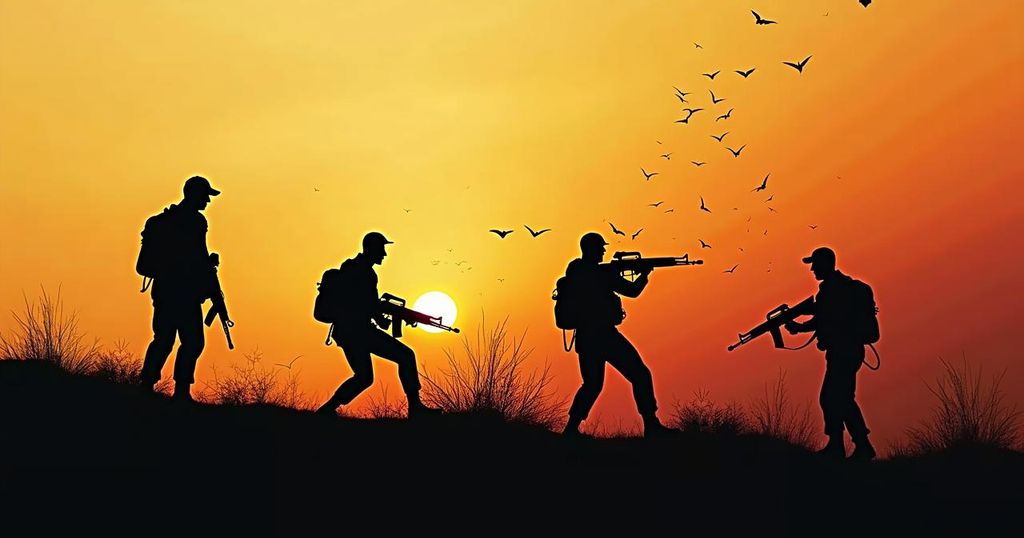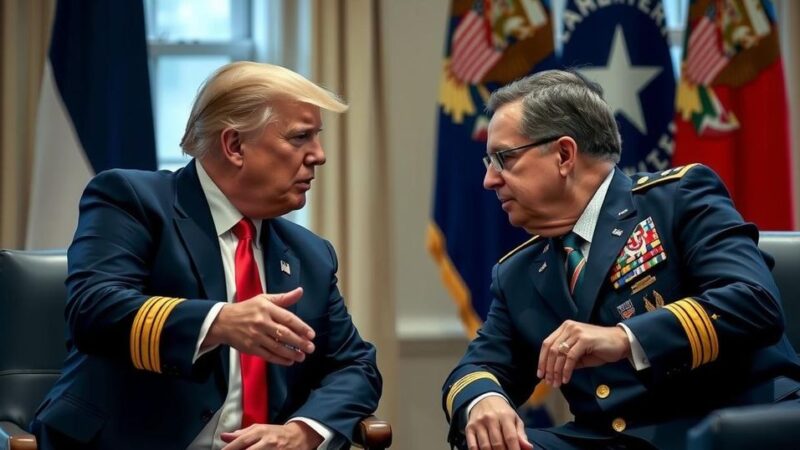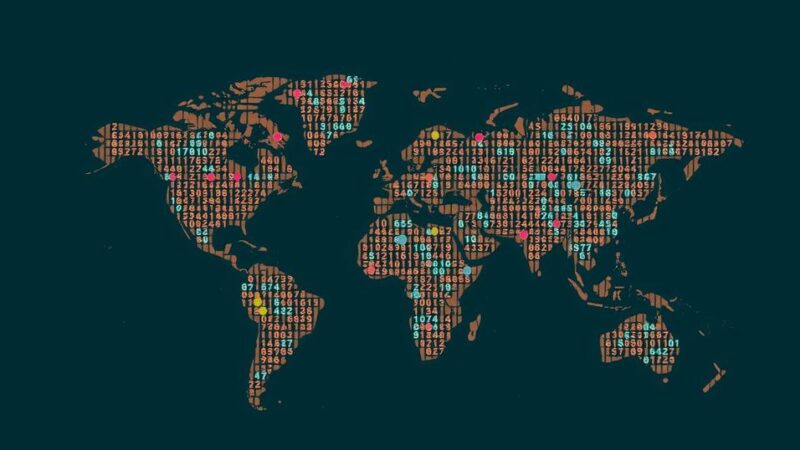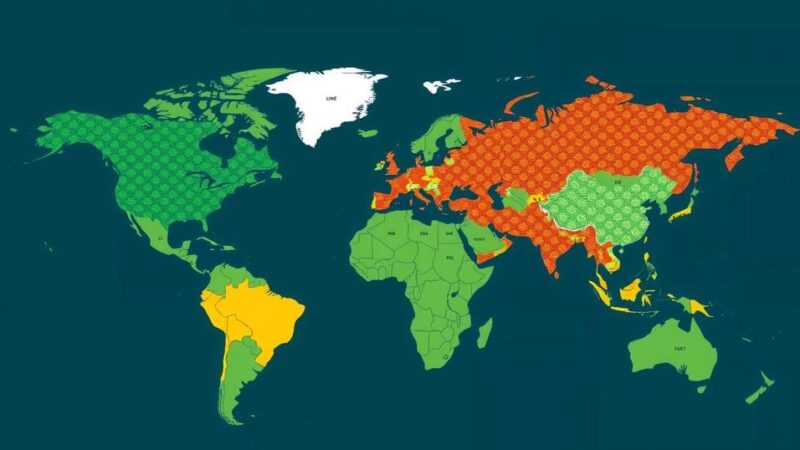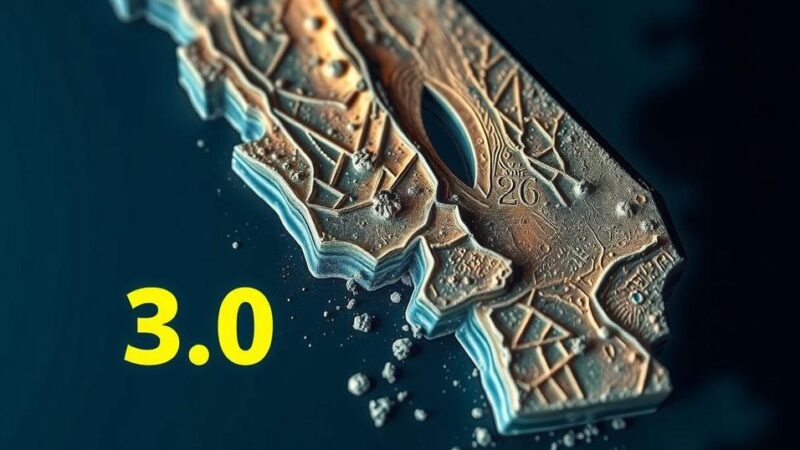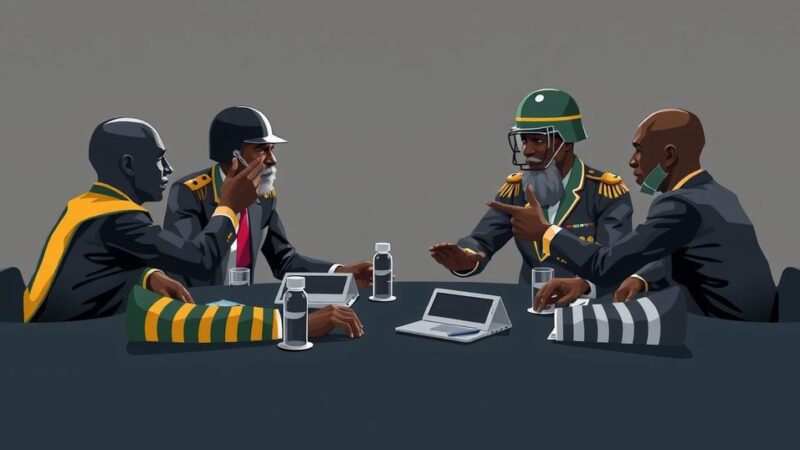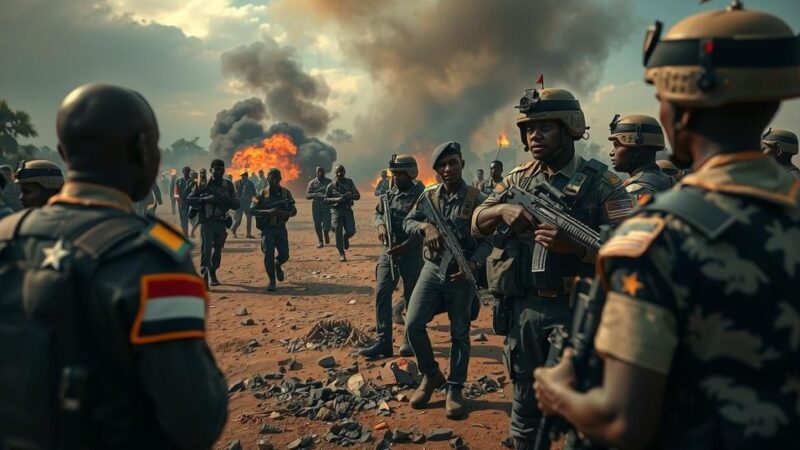The Israel-Hezbollah-Hamas conflict is a pivotal point in a broader geopolitical struggle that hosts a coalition of inclusion versus one of resistance, featuring key players like the U.S., Russia, and Iran. The outcomes of these conflicts hold significant implications for international relations and the power dynamics in the Middle East and beyond.
In recent discussions, it has become evident that the ongoing conflict involving Israel, Hezbollah, Hamas, and Iran must be viewed through the lens of a larger geopolitical struggle. This struggle has emerged as a significant shift from the traditional Cold War dynamics, now evolving into what might be termed the post-post-Cold War era. This new paradigm features two opposing coalitions: the “coalition of inclusion,” which comprises countries striving for economic integration and openness under U.S. leadership, and the “coalition of resistance,” which consists of authoritarian regimes led by Russia, Iran, and North Korea. The violent actions initiated by Hamas against Israel on October 7 have catalyzed a reevaluation of international relations. It is crucial to understand that the ramifications of Israel’s military engagement with Hezbollah resonate far beyond regional hostilities. For instance, the attempts by Ukraine to detach from Russian influence and pursue European unity are mirrored by Israel and Saudi Arabia’s aspirations to forge a normalized relationship, positioning these actions as integral to expanding the coalition of inclusion within their regions. Consequently, the implications are profound; should Ukraine successfully integrate into the European Union, it would effectively diminish Vladimir Putin’s influence and isolate his regime, while the normalization of Israeli-Saudi relations would similarly threaten Iran’s foothold in the Middle East. Iran, alongside its proxies—Hezbollah, the Houthis, and other aligned militias—would find themselves increasingly marginalized in a landscape that favors inclusion and collaboration, threatening their coercive grip on power and destabilizing their autocratic rule.
The geopolitical landscape has notably shifted since the decline of the original Cold War, transitioning into an era defined by competing ideologies and regional alliances. Understanding the current conflict requires recognition of two diametrically opposed coalitions: one seeking integration and cooperative frameworks led by the United States, and the other comprising authoritarian regimes unified in their resistance to such changes. The conflicts in Ukraine and the Middle East serve as crucial flashpoints in this global struggle for inclusion versus resistance, set against historical movements towards democratization and economic collaboration.
In summary, the ongoing conflicts involving Israel, Hezbollah, and Hamas cannot be isolated within their regional confines; they are part of a broader global struggle where inclusivity and democratic values confront authoritarianism. The outcomes of these conflicts are significant not only for the region but for the international order, highlighting the critical nature of the historical moment we are in as nations navigate their pathways within this contested global arena.
Original Source: www.nytimes.com
